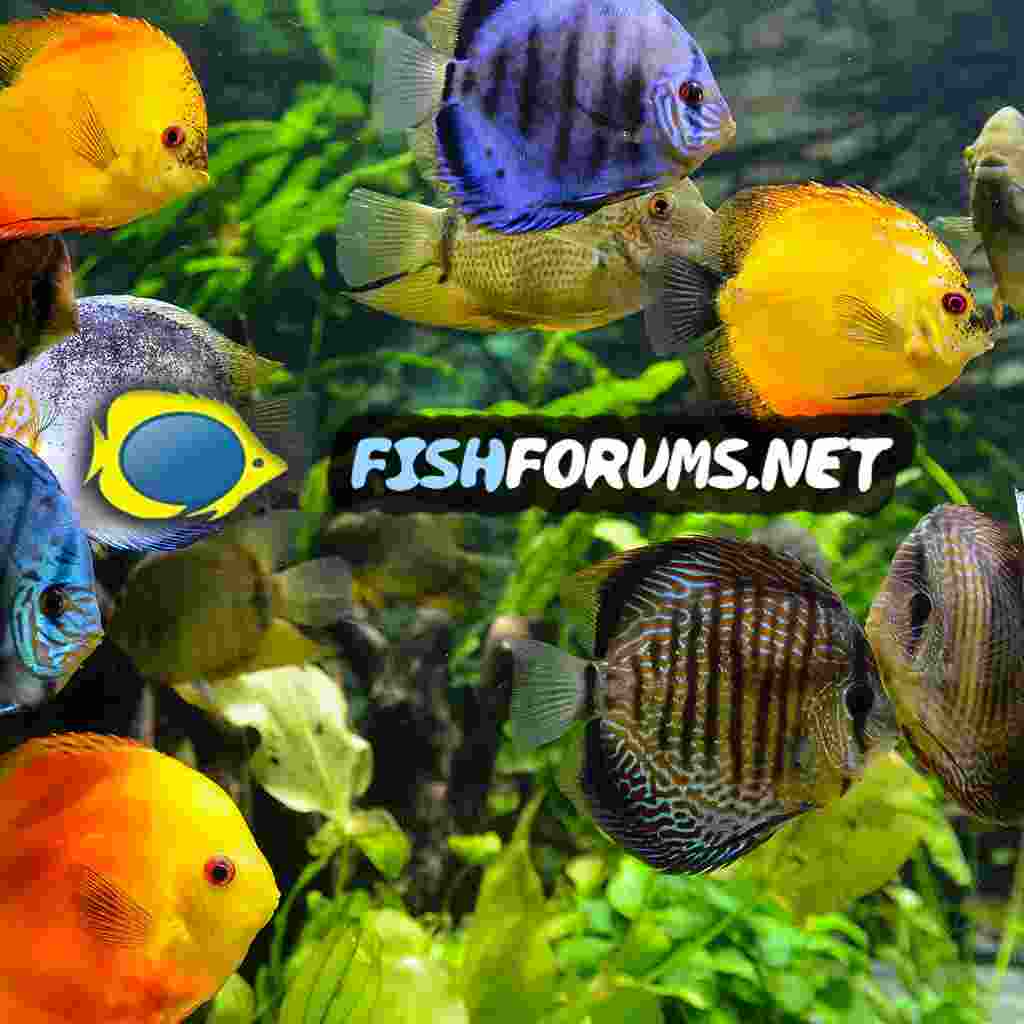PlasticGalaxy
Fish Gatherer
Of course, using the word "easy" in this context is subjective and different people will have vastly different experiences in breeding fish. But, in general, is there one species of fish that is universally seen as being one of the "easiest" to breed? I'd really like to start breeding some species in my new tank, but I'm not sure what a good starting point would be.
Right now, I've got male guppies and will probably be getting females in the future, so I'm expecting those to be the first that I try to breed.
If you have any experience with breeding different fish, please let me know which species you had the easiest time with.
Right now, I've got male guppies and will probably be getting females in the future, so I'm expecting those to be the first that I try to breed.
If you have any experience with breeding different fish, please let me know which species you had the easiest time with.




